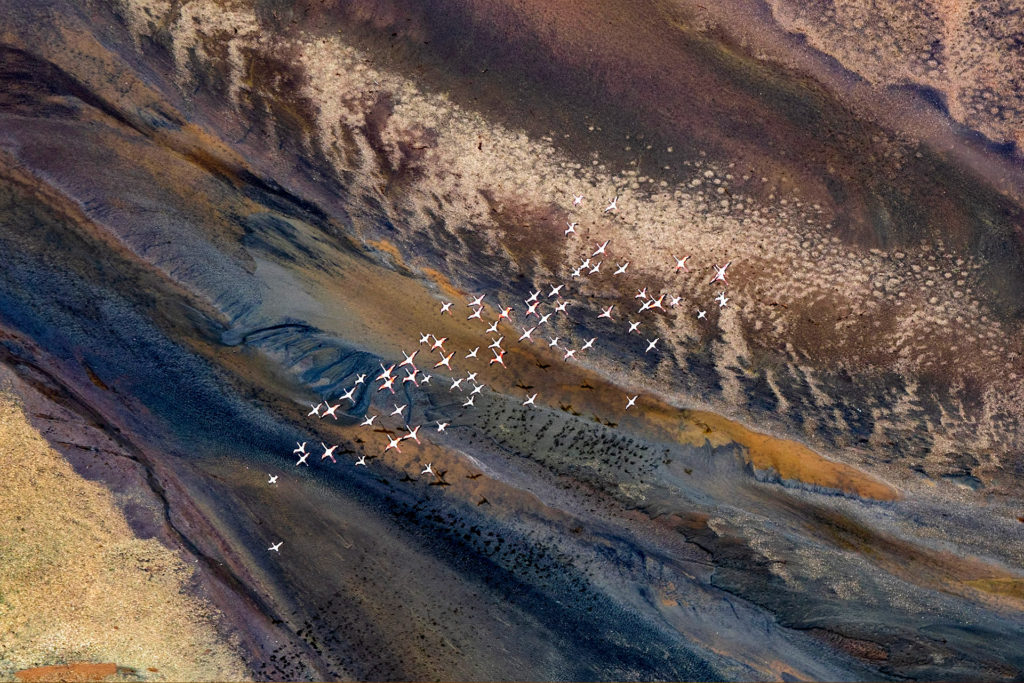
A hearty welcome to PT Explorers, Gurcharan. We are super excited to have you here! Would you please introduce yourself to our readers?
Hi, Firstly, Thanks for having me here. It’s been a beautiful journey with you guys since Big cat trails when we first met.I am a wildlife photographer who specializes in Savannah wildlife,thankfully living in Nairobi, Kenya which has the biggest bearing to this. I am a director in Rock plant East Africa, which keeps me super busy during the week.I studied Automotive Engineering at university hence making me a full time engineer and a weekend photographer.
Firstly, we’d love to know, where did your passion for wildlife photography arise from?
I always had a passion for photography,which started with rally, and went into landscapes while I lived in Scotland.I returned to Kenya in 2012 and that’s where the passion for wildlife photography was born. Since then the passion has taken over and there is hardly a week that goes by where I don’t pick up the camera.
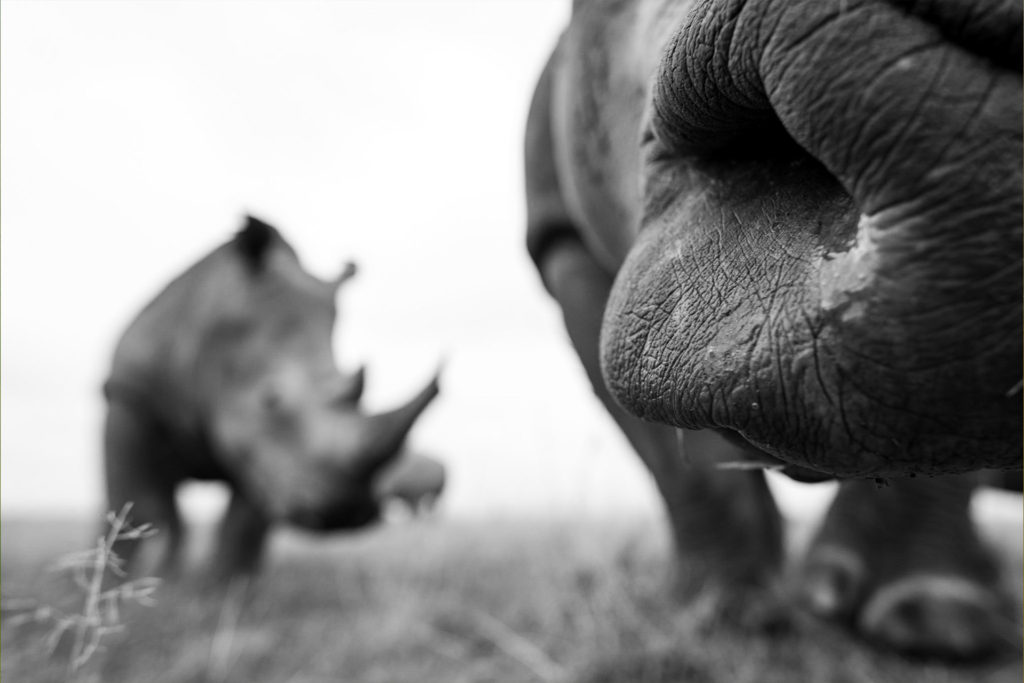
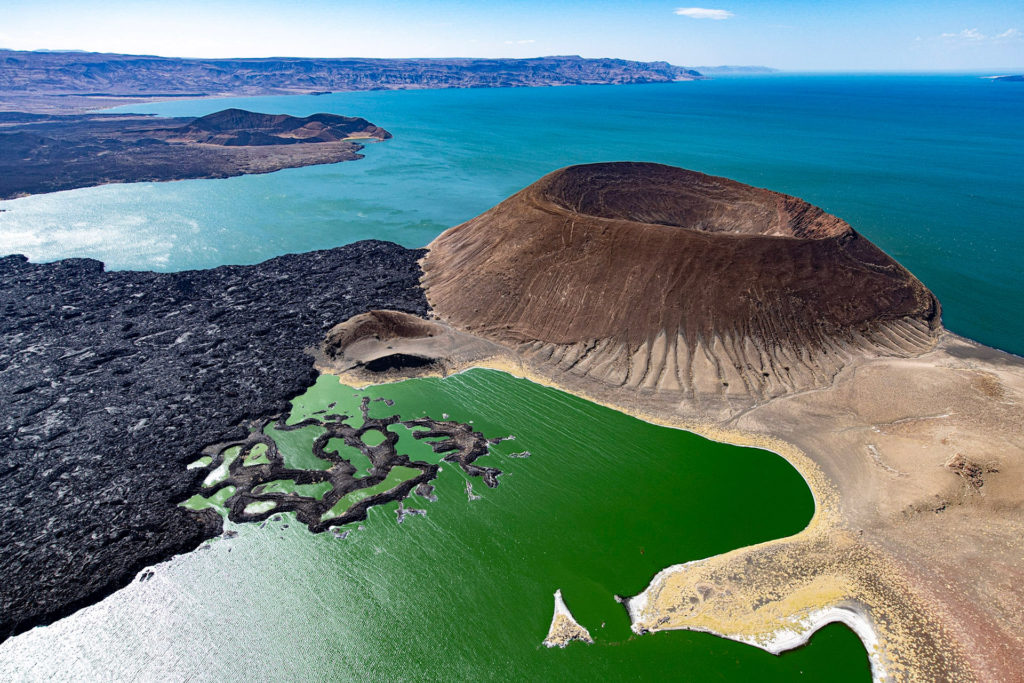
What’s the most elusive animal you’ve had to photograph and how did you meet that challenge?
I don’t look it at it that way, I go out there in the control of nature to show me whatever she wants. Take it being a leopard, caracal, serval cat, lion, zebra or any other animal, all I do is be patient with them and allow them to show me their natural behavior. Last weekend I was photographing Ground Hornbills, having spent an hour or more with them, they would just walk towards me like I didn’t exist, so busy in their life. That is the challenge I love! Adding more to it, it doesn’t matter the subject, but it’s the artist’s job to get something different and interesting in their perspective.
Do you have a favorite animal to photograph? Why?
This change from time to time, a few years ago the Zebra was my fav, thanks to their black and white contrast and public displays of affection. Currently giraffes are the subject I seem to have fallen in love with, I have been spending so much time capturing their interactions, beautiful details, watching what they do and how they do with each other. Not sure where I will go next.
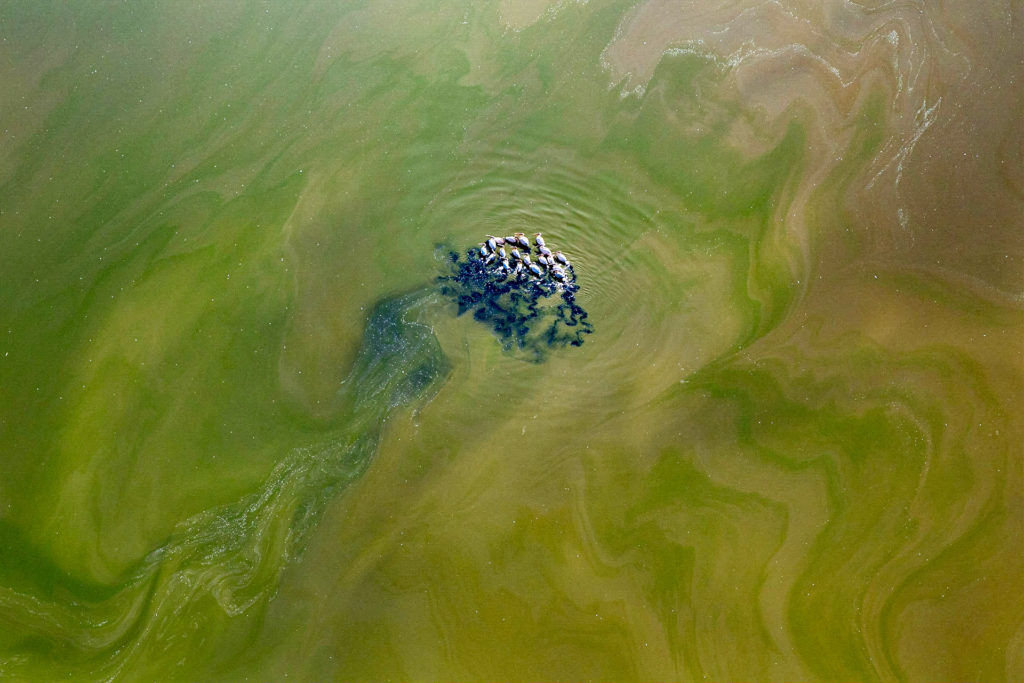
As a wildlife photographer, how do you capture emotion
and show the importance of conservation issues?
Emotion:
This is always a difficult
one as you can only see the emotion when you begin to understand the behaviors.
I’m no expert, but the more time I spend out there the more I learn from the
guides, later using this knowledge to time my shots better and work on
capturing something different.
Conservation:
I have always portrayed myself
as being positive and making a change through happiness. Winning hearts and
minds are a very important part of making a change. On the conservation front,
I support charities that I have visited and which I feel are making an impact,
for example I ama big supporter of Amboseli Trust for Elephants, Anne Kent
Taylor Fund and Mara Elephant Project. I have supported all the above either
through events or directly where possible and will continue to do so. Without
these guys being out there on a full-time basis I don’t know what we would do,
being so distant from it all.
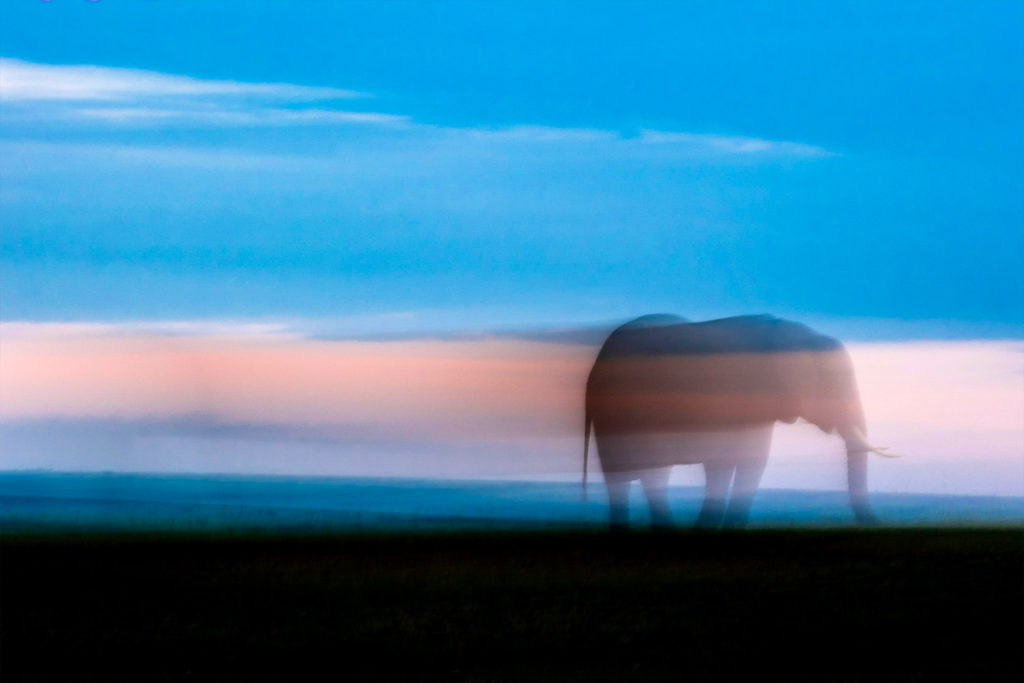
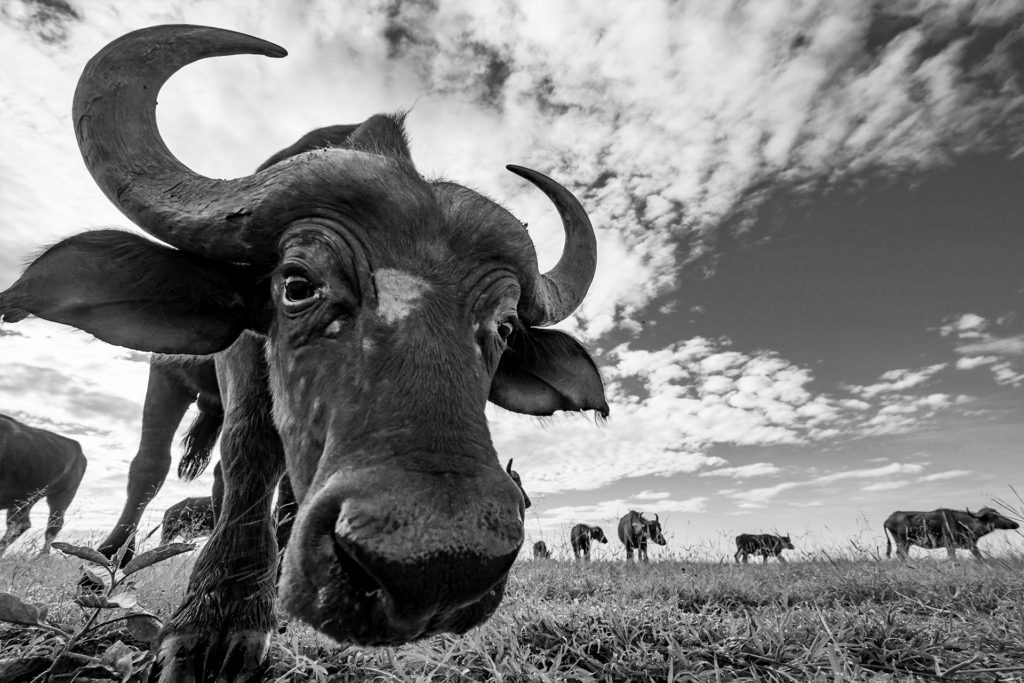
Being a Mara wildlife photographer, you’re aware of all the tourists in the wild. What are some things you consider when it comes to issues around wildlife photography in the midst of all this chaos? What can be done about it to protect and conserve the wildlife in the Mara?
This is surely a great concern to meet the moment, and there is a major question looming. Traffic in the Mara is certainly a big issue, and how can we attend to this traffic without hurting our fellow guides and hoteliers. Reducing tourists will certainly reduce their income. We regularly discuss these matters with photographers and the thought that has come to mind is that photographers are a big reason of this chaos. The regular tourist is happy to stand a fair distance away and watch what is going on, while the photographer is always on the challenge to get better and more detailed photos. I am also one of these photographers, I have tried to change this by heading towards wide angle photography, also finding other means of getting closer with minimum or no disturbance to the animals. I have found making the animal comfortable with me in the first instance is the better formula than disturbing; once comfortable the animals will give you hundreds of shots and get into its natural behavior; when disturbed, they will give you a couple and go to hide in the bushes.
In the last several years, climate change awareness has grown. What do you think is a photographer’s role and responsibility, in helping to talk about these concerns?
As photographers, we can highlight visually these climate change issues. One of my colleagues did an amazing job by taking a photo two years back, then today, go to the same location and take a photo again, however have the previous photo visible in the current photo using a lightbox so that the impact can be seen. This season the Mara rains is probably an impact that we should all note, we are getting longer dry seasons and long wet seasons; so much rain that you struggle to make your way around within the Mara. This is not something only regional to the Mara, but it’s something that goes from country to country, continent to continent; it’s something that we all are responsible to find a solution to. Last week I was listening to my favorite radio show, and on it they were discussing that the current generation is blaming the older generation in having left us with this mess. My thoughts were it doesn’t matter who’s mess it is! It needs fixing and who else is around; it’s you and me, it’s our mess, we have to fix it!
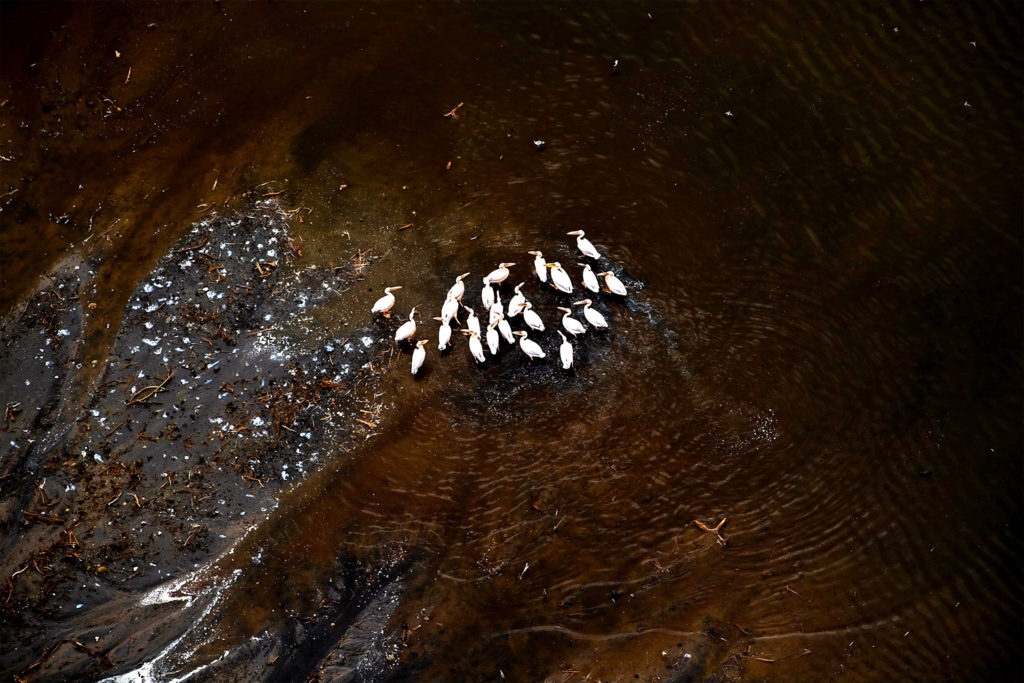
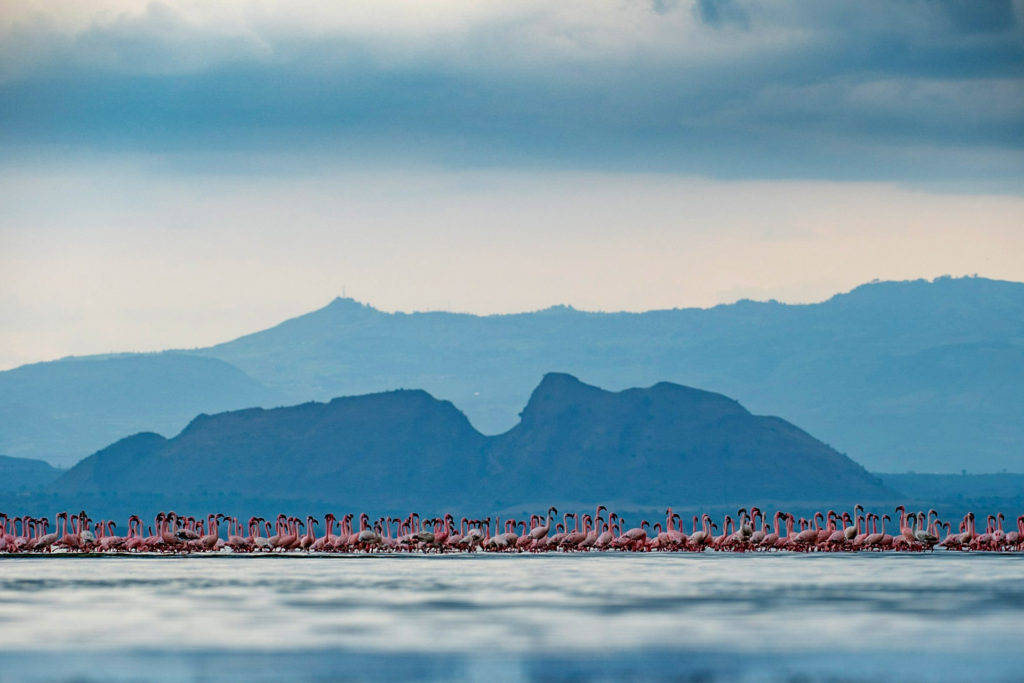
Amongst the uncountable experiences you’ve had in the wild, can you share with us some of your favorite moments?
A lot of my favorite moments in the wild have not only been about the animals but also about the company that you have there. We all know that sometimes you have to wait for hours that amazing company can surely help passing hours like it was a few minutes. Watching predators prepare their trap for a kill is always beautiful, as they can’t talk we think they are less intelligent, but wow are they amazing.
This is an experience that will still with me for a long time:
We once went out trying to return a lion back into the park, we got to a point where the bush was thick and we couldn’t drive in any further, at that point we decided to go on foot along with a ranger. A few minutes into the walk, we came across a bush that started growling at us. We returned backward to approach the bush with the park facing us so that the lion would head in that direction, only to find that we hadn’t come across a single lion but a pride of 6, we were certainly outnumbered, but thankfully the lions were well mannered and returned to the park. After a dry season when the first rains come, they usually arrive with big thunderstorms, those skies are gorgeous and when the first rains fall, the excitement in all the herbivores is so amazing to watch as they runaround chasing each other with so much excitement and energy.
Is there an animal that you are yet to photograph but would like to?
There are many for sure, the highlights in this question are Caracal and Pangolin. But there are also hopes of finding animals that I photograph regularly in specific sightings. I.e. Leopard on a dead leafless tree in the middle of the savannah. The real answer would be that I’m yet to photograph a lot of moments the perfect one. Well as I grow I think that perfect moment will also grow and change along with me.
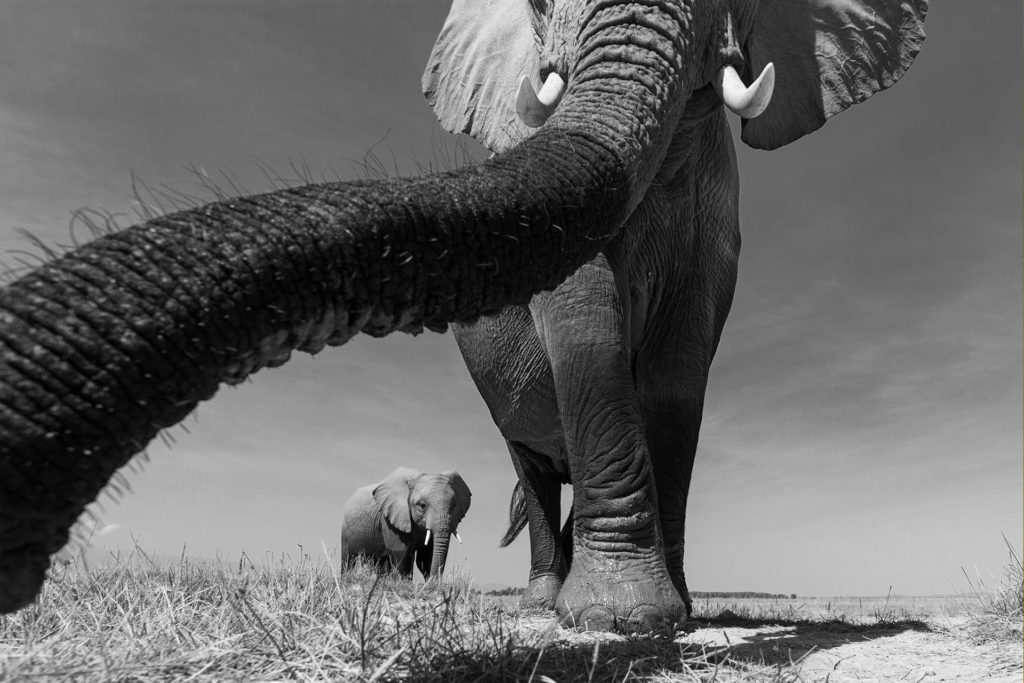
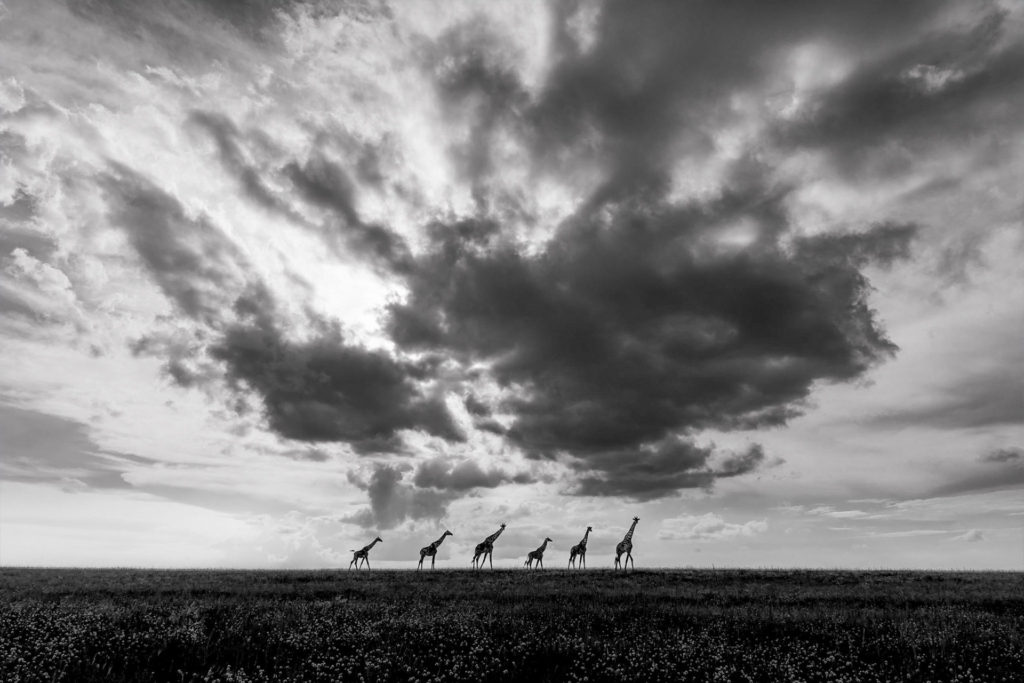
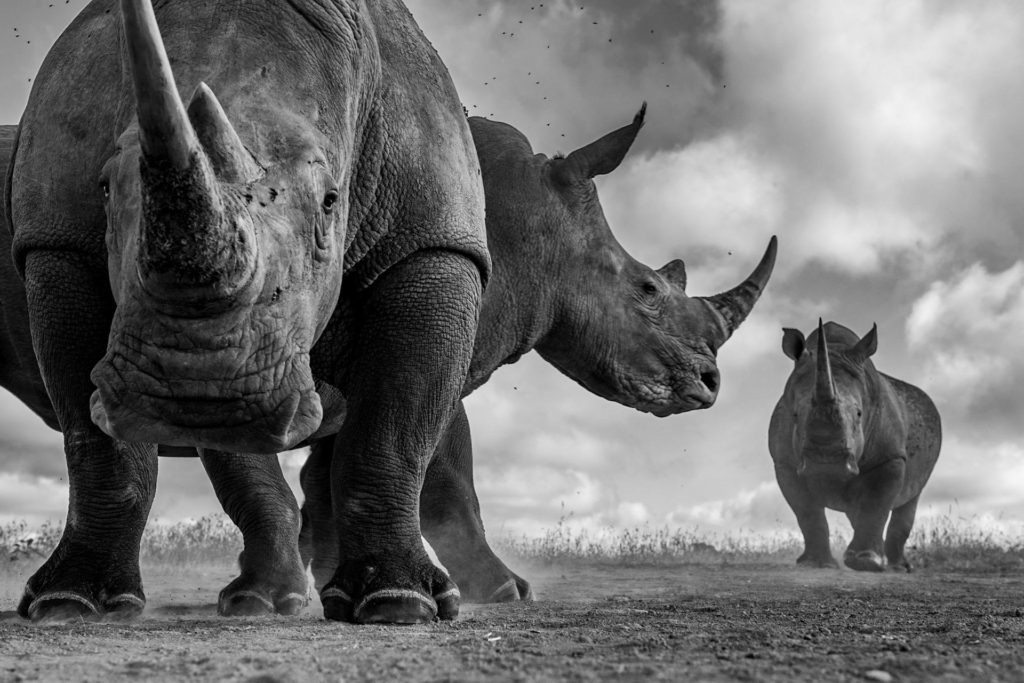
What are three things you never leave your house without for a photography trip?
Trust me there are a lot more than three things that I make sure I take to a photography trip! But the most important are:
a. The cameras of course
b. Charged & Spare batteries
c. Extra memory cards
What are some of your future projects and goals?
There are a lot of projects in the pipeline this year, but most of them are to support teams with the skills I’ve acquired and helping put them out there for the mass to see and somehow make them think about conservation. With wildlife it’s hard to set a goal and work towards it, the best way is to go with an open mind and hope that nature gives you beautiful moments and a mindset that you can understand that moment to capture a great shot! I recently made a new low-level remote device that has given me some amazing results from my last trip in the Masai Mara, I’m hoping to explore the full potential of it this year. Watch this space…..
What do you think is one of the greatest difficulties for someone trying to get into the field of wildlife and conservation photography?
I see many Kenyan photographers trying to get into the wildlife photography scene, however the cost of equipment and lack of income are a big deterrent. Whereas in commercial photography the earnings come sooner, wildlife photography is a soul feeder, the more time you spend with it the more you feel at peace with nature. Earnings in this side are more difficult, you first have to provide significant results before any returns come. When the gear is not there, you have to adapt your style to what you have, all my wide angle shots are taken with a24-70, most of you out there who own camera’s own the standard kit 18-55lens, go out there and be creative!
What are your three top tips for photographing wildlife that are almost never taught?
A lot of us go out there to try and copy someone’s work, I would say go out there and be yourself, portray your shots from your view. Read photography guidebooks and blogs, they really help and give you tips on how to look for moments and camera settings. Nothing beats being out in the wild, go there, choose a subject and then stick with that subject till you get the best shot of your abilities.
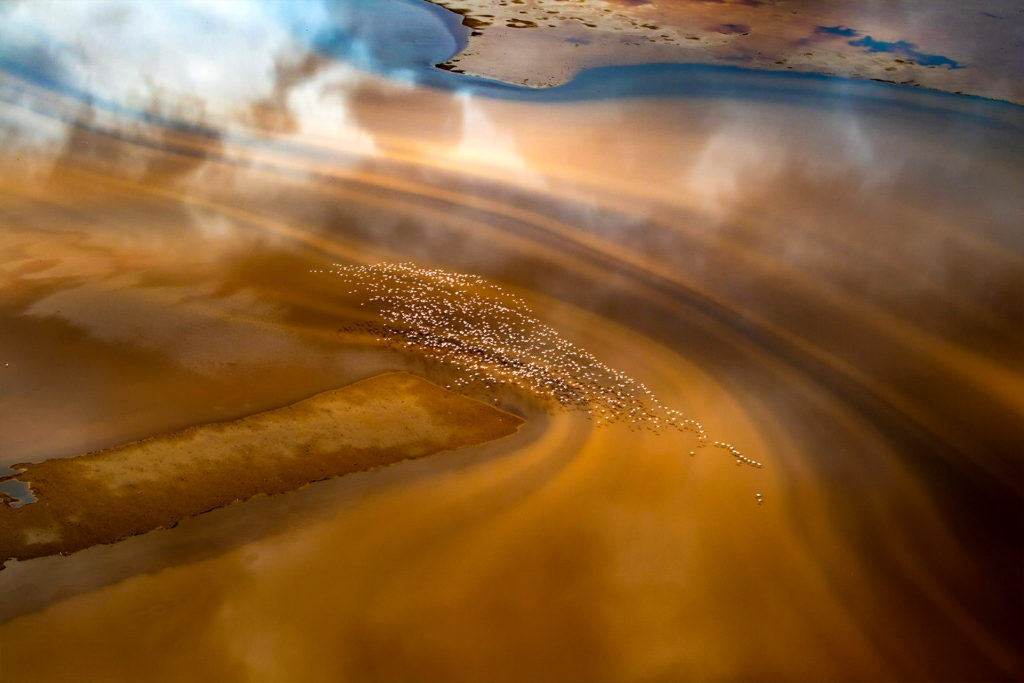
Can you share some words of inspiration/advice for young aspirants in this field?
With technology and the world moving so fast these days, all of us want results super fast, but this is art (the composition) and craft (the camera settings. These skills are honed-in and we develop and improve on them through experience step by step. Don’t go out there looking for results, go out there to be happy and enjoy, the rest will fall into place. Once you are in your happy place, then you can put more focus on compositions, that’s the art that makes the pictures look good in my view – and please the park is not only about lions and leopards, there is so much else going on in this amazing ecosystem; learn about it, see the chain in the ecosystem. This will improve your understanding of nature and improve your photography too!